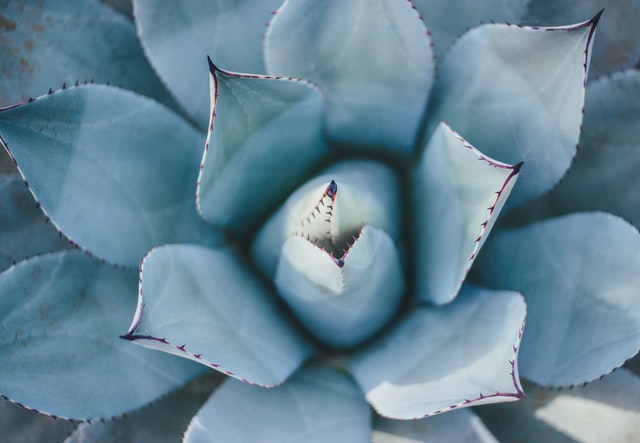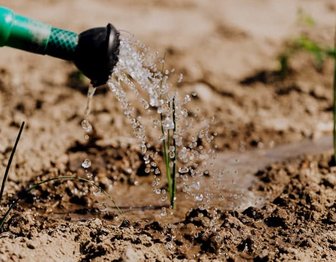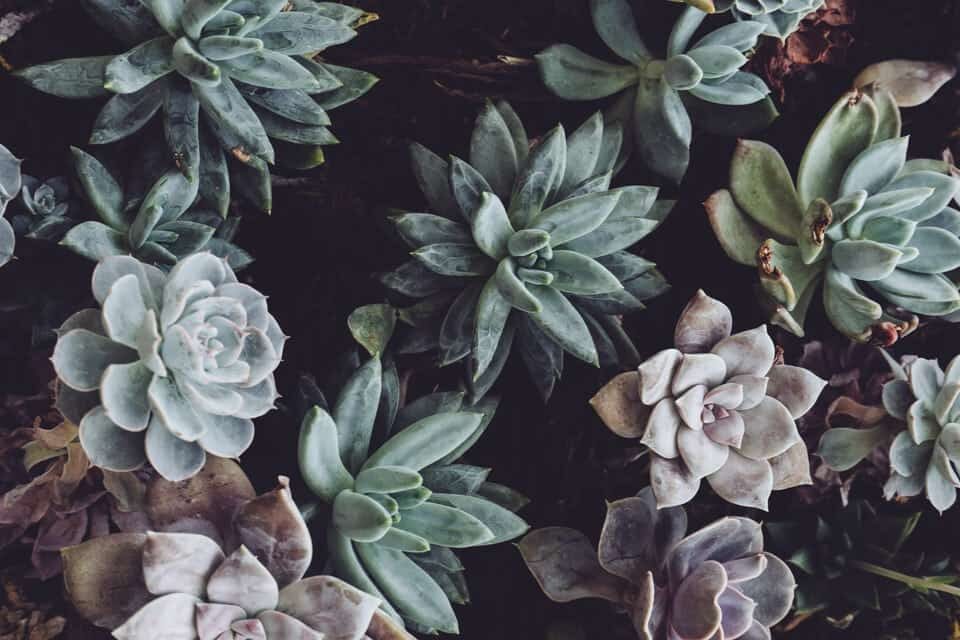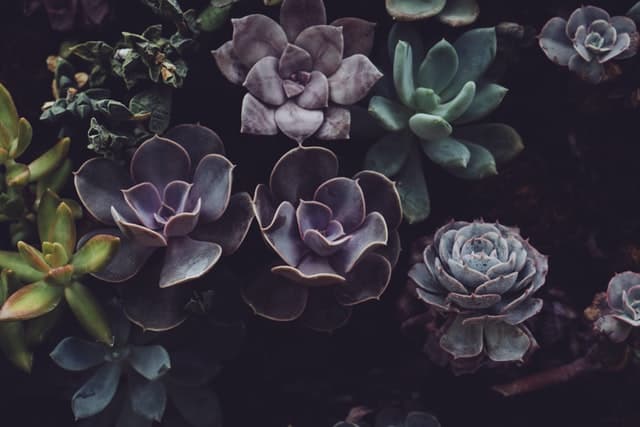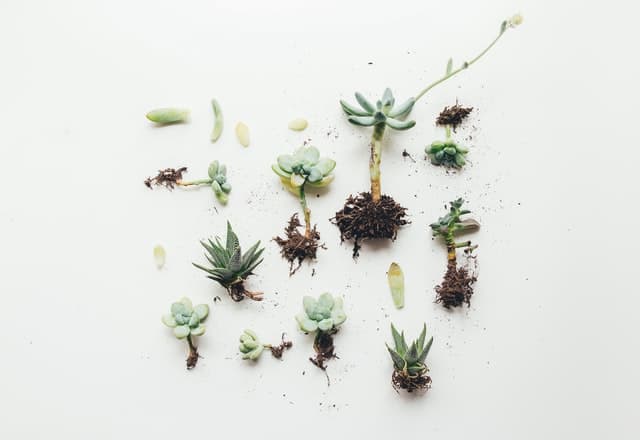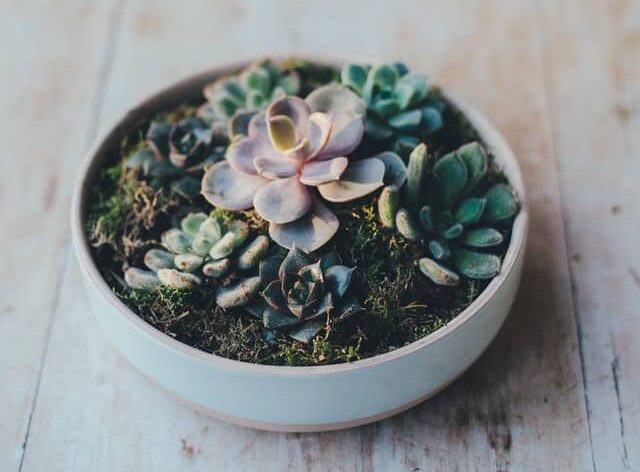In case you are worried that your succulent is dying or not and wondering whether you can do anything to save it, then you are in the right place. Here, I have shared the most common reasons why succulents shrivel, how to deal with that, and best practices to make sure your succulents never wilt in the future. Okay so…
Why are my succulent leaves shriveling? Succulent leaves commonly wilt and shrivel because of under-watering. Shriveling is a sign that the water storage of the leaves has run out and it is not getting enough water to refill it. If your succulent is young then it will need a little bit of excess watering than it will need when matured. Mature plants have better resistance to water stress and can withstand under watering longer before showing prominent symptoms.
Underwatering is the common cause of shriveling however shriveling can also be a sign of overwatering.
Table of Contents
Is my Succulent over or under watered?
- Well take a look at your watering routine for the last month and you will find the answer.
Normally succulents prefer to be watered once a week in the growing season but that varies from species to species, soil type, pot size, location, etc.
If you have been watering it twice a month in the growing season then clearly it’s a sign of under-watering. However, if you have been watering it more frequently than once a week it can be caused by overwatering.
Tip: Always check the soil before watering for soil moisture. If it feels truly dry both outside and deep inside then only go ahead and water them. You can use a moisture meter which will save you many tons of stress in the future.
- Also if your succulent was under watered the leaves will feel crispy and the plant will give off a dry look.
What does Overwatered Succulent look like?
- Leaves of Overwatered succulents will be mushy and the plant will give off a wet and bulky look.
- If you doubt the reason is overwatering then take a proper look at the succulent especially at the base of the stem to see, there are any black patches or not.
- See if the leaves are changing their color into brown or yellow and falling off quite easily to touch or not (Source).
What does an underwatered succulent look like?
- The underwatered succulent will look discolored as if it has lost its vibrancy
- The leaves will be shriveled up and wrinkled.
- Bottom leaves will turn into brown.
What to do if your succulent is shriveling?
- Firstly you have to decide, whether your succulent is overwatered or underwatered.
What to do if the Succulent is Underwatered
- Simply increase watering frequency. Make sure to water targetting the soil and not the leaves as water absorption happens via roots
- However, succulents dont need to be watered every day, Only water the succulent when the soil feels dry to touch.
- Generally in warmer seasons, once in 6 to 10 days and in colder seasons, once in 12 to 20 days is just fine. Again it varies as per the succulent type, its size, and age so watering it as per the soil dryness is the best option.
How do you fix Overwatered succulents?
Overwatering for some time can lead to waterlogged soil that further leads to root rot which can slowly go onto killing the plant.
If you feel things are not right then just consider plucking the succulent out of the soil carefully and checking the roots for rot.
In case rotting has occurred the roots will be mushy, brown, or black in place of white and firm.
- If its firm and okay then again repot the plant back. Keep it in a sunny place and decrease your watering frequency especially for the time being. Consider watering it once in not more than 10 to 14 days.
- If you find signs of root rot then you need to go ahead and do a little bit of surgery and cut off the affected root and stem areas. After that, you have to pluck it into a new pot of drainage friendly soil in order to give it a fighting chance to survive.
Don’t water it for some time and keep your fingers crossed and hope for the best. Whether the succulent will survive or not will depend on how badly the rot has affected the whole plant.
Are there some other causes for Wilting or shriveling of leaves?
Temperature Shock
Most succulents are not frosting tolerant and dislike cold temperatures.
- If you live in a place where the night temperature drops below 12 degrees Celcius it will be a great idea to bring the succulents inside.
- If your place gets a lot of rain or has a dedicated rainy season, you should bring your succulents inside as well.
- Temperature shock can lead to wilting of leaves (Source).
Sunlight Shock
- Some succulents can thrive in low light conditions then there are others that have greater sunlight needs.

- Place them in a position that gets sufficient indirect sun throughout the day, besides the south or east-facing window or in the balcony.
- Never move them around much as succulents need time to get adjusted to an environment and sudden change of conditions can put stress on them.
How to make sure you dont lose the plant completely?
Go for Propagation!
- Look for any leaves and parts of the stem that are still looking healthy and cut them off carefully from the base without causing any damage.
- Leave it undisturbed for a few days (in case of leaves) or for a week (in case of stem cutting) under the shade where it receives indirect sunlight.
- Try putting them in a new pot with new soil mixture and better drainage.
- Dont water it for a few days and Mist it lightly until roots emerge.
In this way, you will ensure your succulent survives by propagation even if something happens to the main plant.
How to Prevent Shriveling of succulent leaves in the Future?
Basic Caring Tips for succulents :
Soil and Pots
- Plant the succulents placed in a drainage friendly soil. Succulents are habituated to grow in drought-prone soil. So ideally try growing them in the cactus mix or any soil rich in sand, pumice, volcanic rocks.
- Use terra cotta pots instead of plastic ones as the former helps in absorbing water from the soil and facilitates aeration.
- Ideally have drainage holes at the bottom of the succulent as it will ensure proper draining out of the excess water. In case you grow succulents indoors, keep the pot over trays and after watering get rid of the water.
Sunlight & Watering
- Place it in a place that gets indirect sunlight throughout the day.
- Only water the plants when the soil is dry to touch. You can insert your finger to judge or use a moisture meter for this.
- Timing of watering: Preferably water the plants early in the morning rather than in the evening. Succulents dislike damp soil. If you water them after evening the soil will remain completely damp throughout the night. Over time this can lead to root rot.
- Avoid watering succulents in the afternoon especially if they are placed outside under sun as water droplets will act just like a magnifying glass and can leave scars on the leaves.
- Succulents need more watering during hotter months than in winter. So adjust the watering schedule accordingly.
After propagation in a new pot never drain them in water. Lightly mist them for a few weeks until they develop roots.
FAQ:
Should I pull dead leaves off succulents?
Yes clearing away dead leaves are good for the health of the succulent as it helps
- In preventing future root rot
- Keeping insects and pests away
- Favors growth of new plant parts
In case the dried dead leaves are falling on the soil it is best to remove them. This will facilitate better growth of the plant.
“My succulent’s leaves are falling off, should I be worried?”
Falling leaves are not always a sign of concern as leaves die from time to time and get replaced by new ones, it a vicious cycle of nature. However, you only need to get worried if the majority of the leaves are getting affected or leaves at the bottom are the ones looking affected.
- It can be both due to overwatering and under-watering.
- In the case of overwatering, the leaves will feel mushy and drooping, in the case of under-watering they will look sickened and wilted.
How often should indoor succulents be watered?
This again totally depends upon the type of succulent you have
- The kind of soil and pot it has
- The time of the year it is
- The age and size of the plant
Tip: Only water your succulent when the soil feels totally dry both outside and deep inside.
Conclusion
Succulents are plants that can thrive well under basic care as long as their primary needs are being met. Make sure to take care of the drainage side, place them in a bright sunny place, water them when the soil is dry and they will be good to go. Make sure not to kill them with kindness by watering too much! This is something I had to learn the hard way.
So to sum up, Why are succulent leaves shriveling?
- It’s because of either overwatering or underwatering commonly.
- Other reasons can be temperature shocks and sunlight shocks.
- Apart from overwatering the other problems are much easier to solve.
- In the case of overwatering, you have to be sure that root rotting has not yet started. If it has begun then you need to cut off the affected parts and plant them in a new pot.
- Consider propagating parts that are still healthy.
Must Read:
Does this post help you? If you have any other queries let me know in the comments below!
Cheers!
